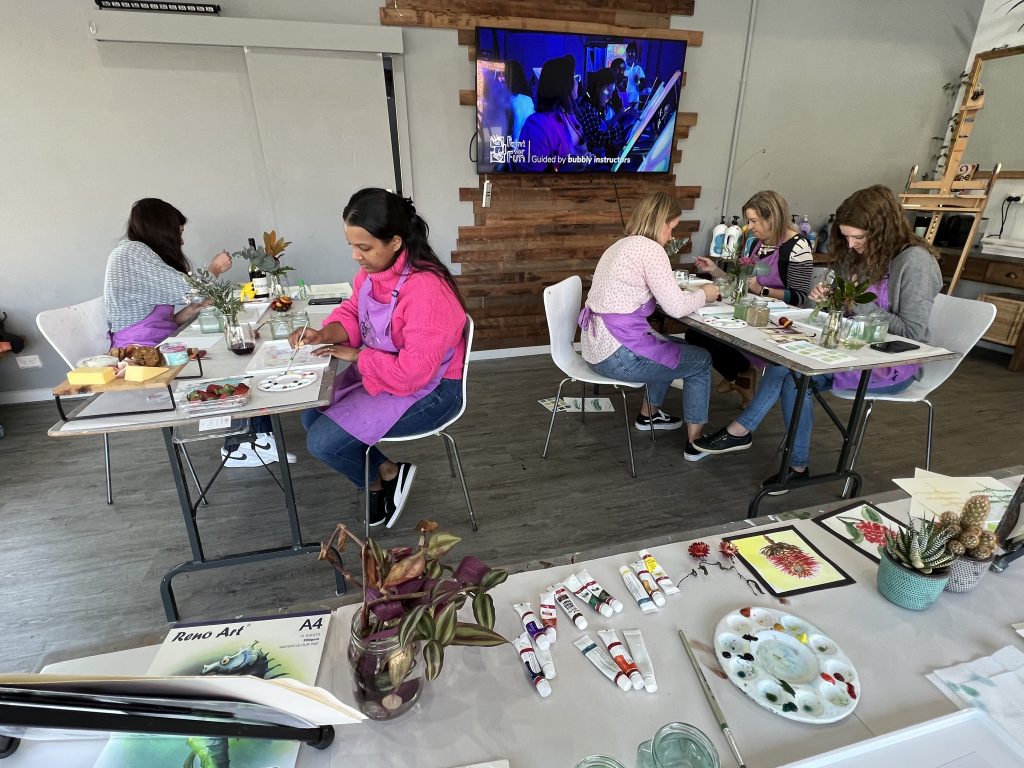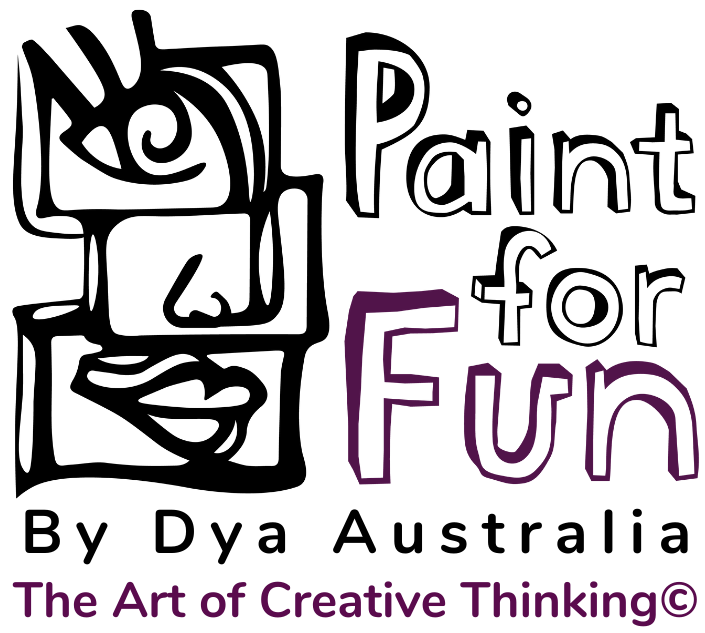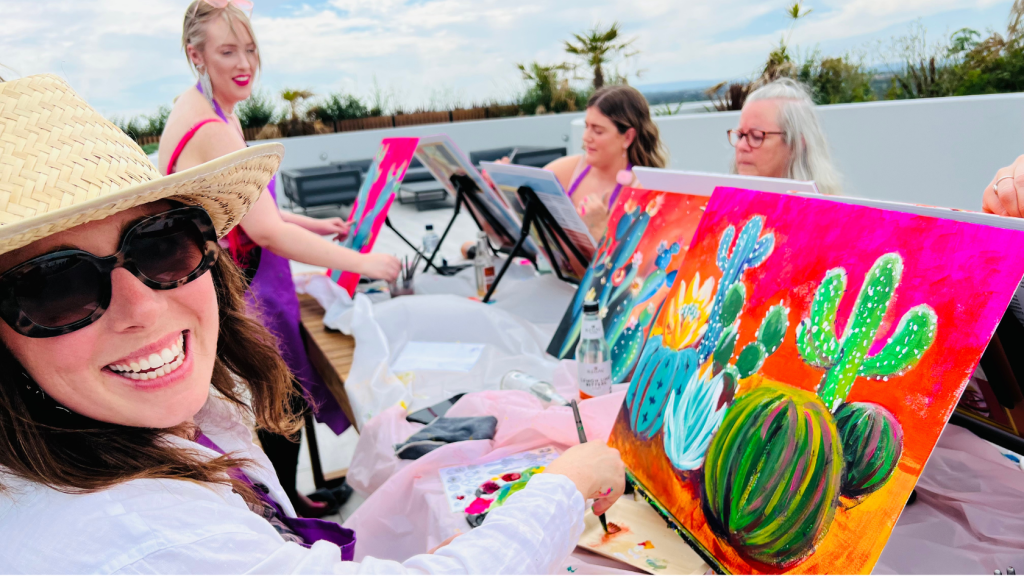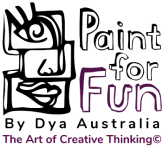Creativity is not just reserved for artists, musicians, or writers. It’s a skill that everyone can develop and improve. Whether you’re a business professional, a student, or a stay-at-home parent, creativity can help you come up with innovative ideas, solve problems, and find new ways to approach tasks. In this blog post, we will explore some easy tips to increase creativity, even if you have no painting experience or artistic background. Not sure where to start? Here are some ideas (keep an open mind!)
- Start with a blank slate
- Take a break
- Practice brainstorming
- Look for inspiration
- Embrace failure
- Experiment with new tools
- Collaborate with others
- Set aside time for creative activities



